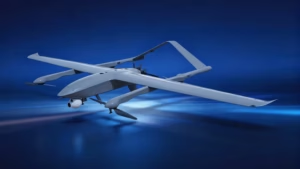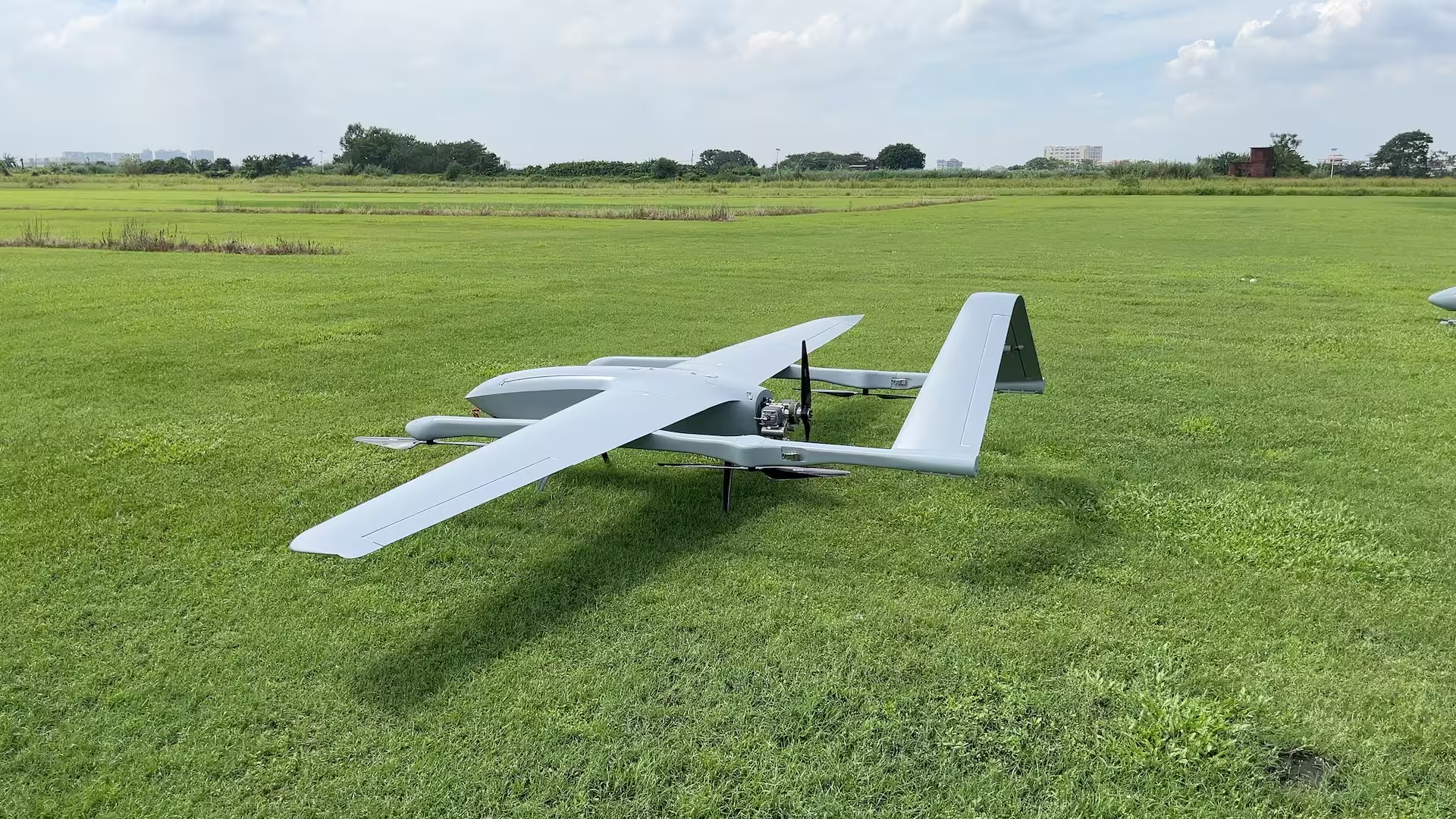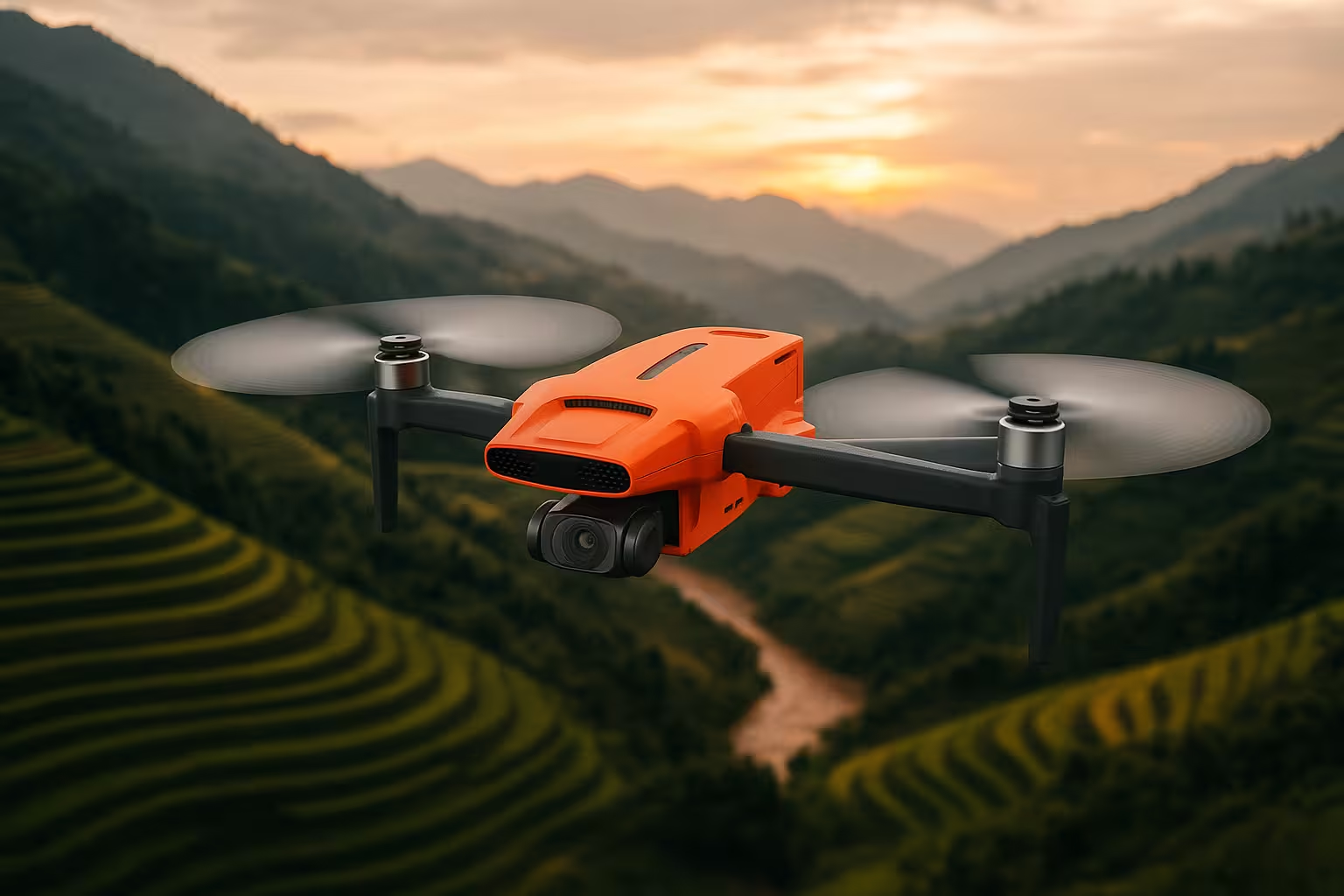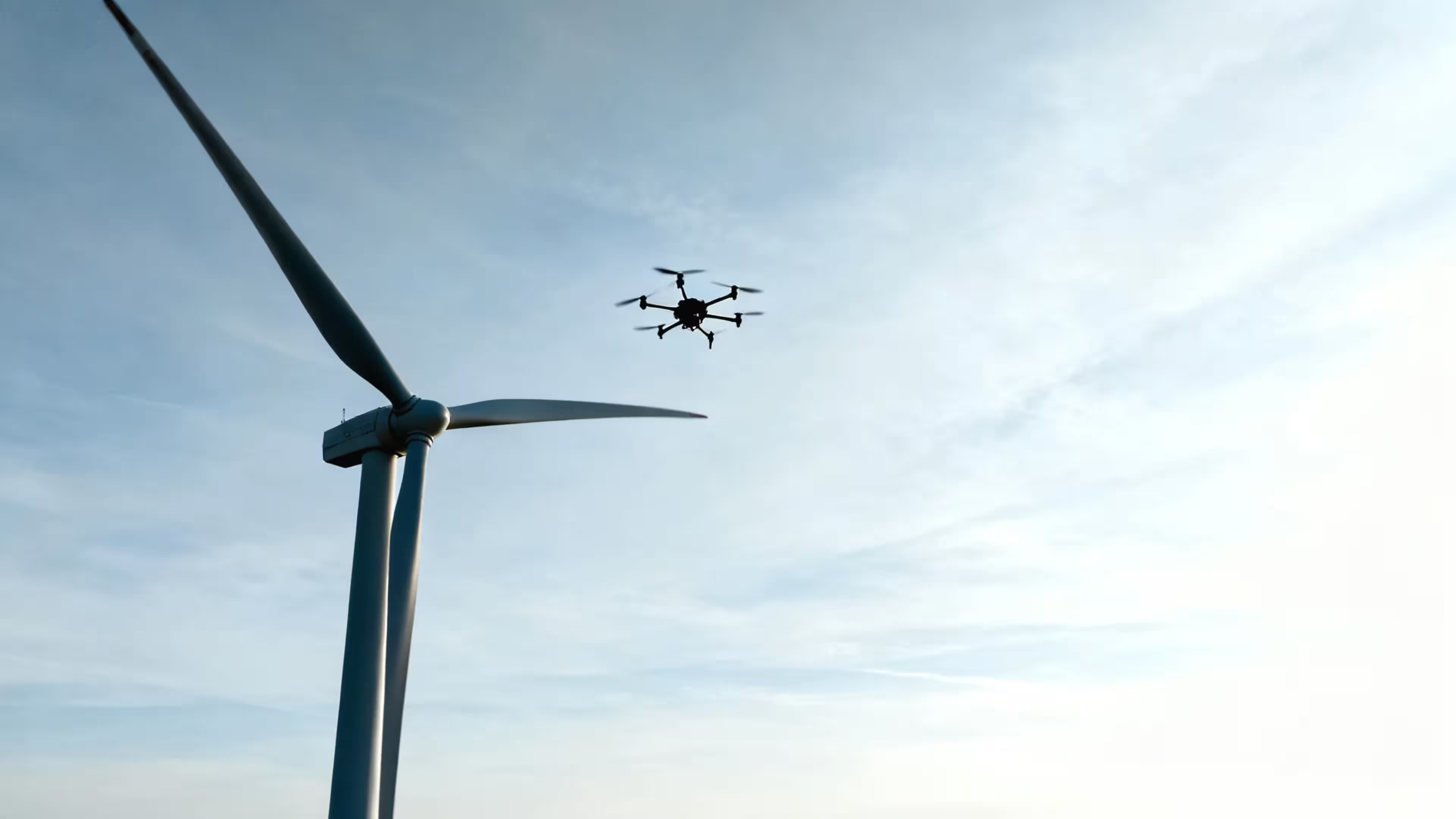Drones are transforming how law enforcement agencies, like those under China’s Ministry of Public Security, conduct poppy patrol to combat illegal opium poppy cultivation. These unmanned aerial vehicles (UAVs) excel in monitoring remote, rugged terrains where poppies are often hidden, enabling rapid detection and response. To meet the demands of poppy patrol, drones must possess specific performance capabilities tailored to challenging environments and precise identification tasks. This article explores the key requirements for drones used in poppy patrol, based on industry standards and real-world applications, such as those seen in operations in Hubei and Guizhou provinces.
Why Drones for Poppy Patrol?
Illegal poppy cultivation often occurs in remote mountainous or border areas, making traditional ground patrols labor-intensive and time-consuming. Drones offer significant advantages:
- Wide Coverage: They can survey vast, hard-to-reach areas quickly.
- Real-Time Detection: Advanced sensors identify poppy plants with high accuracy.
- Cost Efficiency: Drones reduce the need for large ground teams, saving resources.
- Safety: They minimize risks to officers in dangerous terrains or hostile environments.
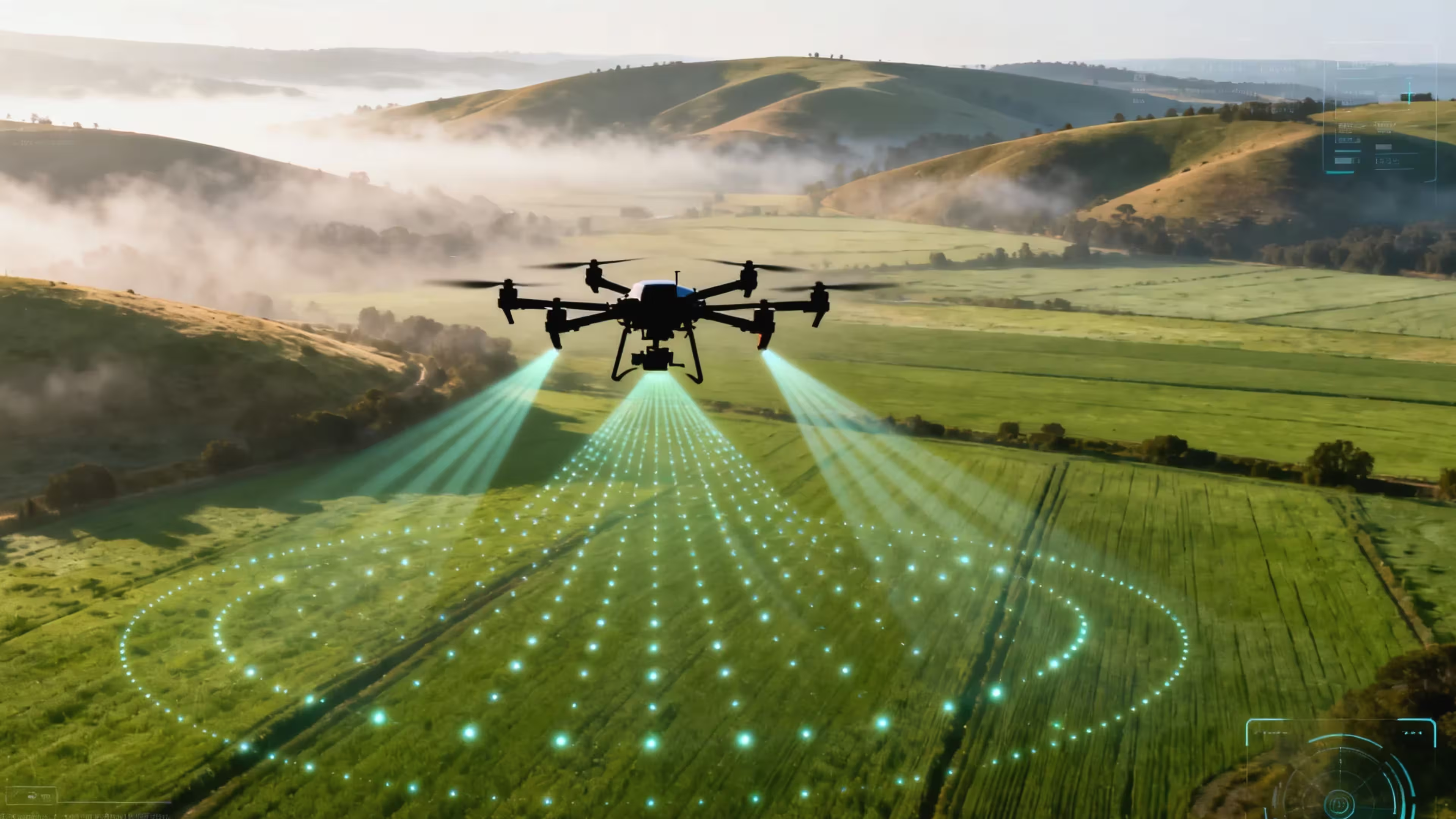
To achieve these benefits, drones must meet rigorous performance standards suited for the unique challenges of poppy patrol.
1. Resilience in Harsh Environments
Poppy fields are often located in mountainous or border regions with unpredictable weather, including rain, fog, and high winds. Drones need:
- Water and Dust Resistance: An IP43-IP45 rating to withstand rain, fog, and dust, with corrosion-resistant materials (e.g., aluminum alloy or composites) to endure harsh conditions.
- Wind Resistance: Capability to operate in winds up to Level 5-6 (10-20 m/s or 22-45 mph) for stability in gusty mountain areas.
- Temperature Range: Operation from -10°C to 50°C to handle diverse climates, from cold highlands to warm lowlands.
For example, drones used in Guizhou’s rugged terrains have successfully patrolled in rainy conditions, demonstrating the need for durable designs.
2. Long-Range and High-Endurance Flight
Poppy patrol requires covering large, remote areas, often spanning tens or hundreds of kilometers:
- Flight Endurance: 4-8 hours of continuous flight to monitor expansive regions without frequent recharging.
- Range and Altitude: A range of 50-150 km and altitudes up to 500 m (with vertical accuracy of ±6 cm) to survey vast terrains, even at high altitudes (up to 6,000 m above sea level).
- Speed: Maximum horizontal speeds of 16-30 m/s (36-67 mph) and ascent speeds around 10 m/s for rapid response to detected sites.
- Autonomous Flight: Beyond Visual Line of Sight (BVLOS) capabilities with electronic fences to prevent straying into restricted zones, plus automatic return-to-home for low battery or signal loss.
These features enable drones to efficiently patrol border regions, as seen in Hubei’s Jiangling operations, where drones helped eradicate over 200 poppy plants in a single mission.
3. Advanced Sensors for Poppy Detection
Identifying poppy plants from the air requires sophisticated sensors to distinguish their unique characteristics:
- High-Resolution Cameras: Electro-Optical/Infrared (EO/IR) cameras with ≥640×512 pixel resolution for day and night surveillance, capturing clear visuals of poppy fields.
- Multispectral/Near-Infrared (NIR) Imaging: Detects specific light reflectance patterns of poppy leaves, enabling precise identification among other vegetation.
- AI-Powered Recognition: Onboard artificial intelligence to automatically detect and mark suspected poppy sites, reducing manual analysis time.
- GIS Integration: Optional Geographic Information System support to map detected sites for follow-up ground operations.
These capabilities allow drones to spot hidden plantations in dense forests or remote valleys, as demonstrated in Guizhou’s large-scale eradication efforts.
4. Robust Communication and Data Processing
Poppy patrol drones must transmit data securely over long distances to support real-time decision-making:
- Communication Range: WIFI, 4G/5G, or satellite links supporting 500 m to 150 km for real-time video and data streaming to command centers.
- Data Analysis: Edge AI for instant target detection (e.g., flagging poppy fields) and cloud platforms for data fusion and storage, enabling coordinated responses.
- Secure Transmission: End-to-end encryption to protect sensitive data from interception, critical for law enforcement operations.
Nationwide, over 5,000 police drones have been used for drug enforcement, relying on secure, real-time data to guide ground teams to illegal sites.
5. Safety and System Integration
Safety is paramount in poppy patrol, especially in remote or hazardous areas:
- Redundancy Systems: Dual sensors (e.g., magnetometers) and three-propeller safe descent mechanisms to prevent crashes during failures.
- Emergency Protocols: A seven-level response system, including fault rejection, weather pauses, and manual pilot takeover, ensures operational reliability.
- System Integration: Compatibility with police platforms like China’s “Ping’an Qian Shao” for multi-drone coordination and data sharing.
- Autonomy: Support for swarm operations and automated navigation to reduce operator workload.
These features ensure drones operate safely, even in high-risk border zones, aligning with the Ministry of Public Security’s “Safety First” principle.
6. Regulatory Compliance
Drones used for poppy patrol must adhere to strict regulations:
- Certifications: Compliance with the Ministry of Public Security’s drone registration rules and Civil Aviation Administration of China (CAAC) standards for small/medium drones (<25 kg).
- Operational Permits: BVLOS approvals and adherence to the “Interim Regulations on Unmanned Aircraft Flight Management” for legal operations.
- Data Privacy: Protection of surveillance data to meet law enforcement and privacy standards.
Compliance ensures drones are deployed ethically and legally, as required for police operations.
Real-World Impact
These requirements enable drones to transform poppy patrol:
- Efficiency: A drone with 8-hour endurance can cover 150 km, identifying hidden fields faster than ground teams.
- Accuracy: Multispectral sensors and AI pinpoint poppies with precision, as seen in Guizhou’s eradication of over 2,000 plants.
- Safety: Autonomous systems reduce officer exposure to dangerous terrains or hostile growers.
Why These Requirements Matter
Drones meeting these standards deliver:
- Broad Coverage: Efficiently monitor vast, remote areas.
- Precision Detection: Identify poppies accurately among other vegetation.
- Operational Safety: Protect equipment and personnel in challenging environments.
- Regulatory Adherence: Ensure legal and effective deployment.
As drone technology advances, expect improvements like longer flight times, enhanced AI, and better integration with police systems, further strengthening efforts to combat illegal poppy cultivation. Drones are proving to be indispensable tools in the fight against narcotics, making our communities safer.
